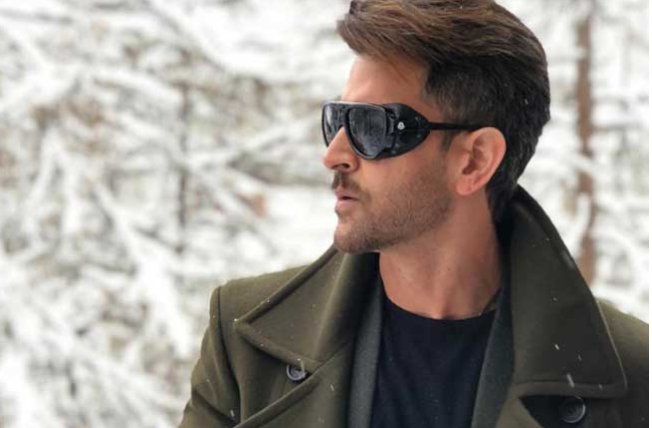Filming inside prisons – The Hollywood Reporter
Zein Akyol’s latest documentaries Rojekwas born outside of her time working in the 2016 documentary Golestan, the land of roses. In this film, the director follows a group of female soldiers in Iraqi Kurdistan as they search for their old babysitter (real name Gulestan), who mysteriously disappeared one day in Akyol’s childhood to go to war. “She was always on my mind, and I often thought about her,” Akyol explained during an interview. THR presents Billboard, powered by Vision Media. “I studied cinema, (and) after my studies I decided to make a film about her journey, and what happened to her. When I arrived in Iraqi Kurdistan to shoot this film, it was August 3, 2014, the same day that ISIS attacked the region. So all the people were trying to escape and flee towards Türkiye, and we were entering the country. “It was not possible to make a film about her journey and the people who knew her, but I was able to film a group of Kurdish women who were training, and then went to fight ISIS.”
Akyol would go on to discover after filming that almost all of the women who were part of it Golestan They were killed by ISIS in battle, which prompted her to think about a topic Rojek. “I thought about making another film, but this time I focused on the exact opposite of women, women’s rights activists and environmentalists, who wanted to create a feminist and democratic society,” she says. “This is the way I came to do it Rojek. I wanted to understand brainwashing, how anyone could explain that killing people was okay. And they feel good about it, actually. So my personal quest is to understand that ideology and the logic behind it.
Filming for both projects involved working under incredibly dangerous and uncomfortable conditions. “(Golestan) It was very dangerous because you never knew what would happen. On top of that, there is no electricity. We had a generator there, and we lived in the forest. We faced a lot of technical challenges.” L rojek, Since the film consists almost entirely of conversational interviews with ISIS members in prison in Syria, this risk was all the more serious. “The dangerous thing is that there are a lot of sleeper cells,” she recalls. He added: “There are a lot of booby traps, a lot of explosions, and a lot of suicide bombers. It’s a different kind of danger. And you never (knew) what was going to happen because it’s a war zone.
It was also not easy to assemble a crew for such extraordinarily risky films. “For three years, I was looking for a cinematographer to come with me, and no one did,” Akyol recounts. “Moreover, the borders we used were closed and open, closed and open, because it was precisely in wartime. Three years later, I really liked Nicola Canniccione’s work, and he agreed to come with me. I was also with Arshia Shakiba who was doing the sound and cinematography as well after a while, because we were in the area for six months. At the end of filming, there were only two of us.”
For more about Rojek, watch the full conversation in; This edition of THR presents Sponsored by Meta Films.




